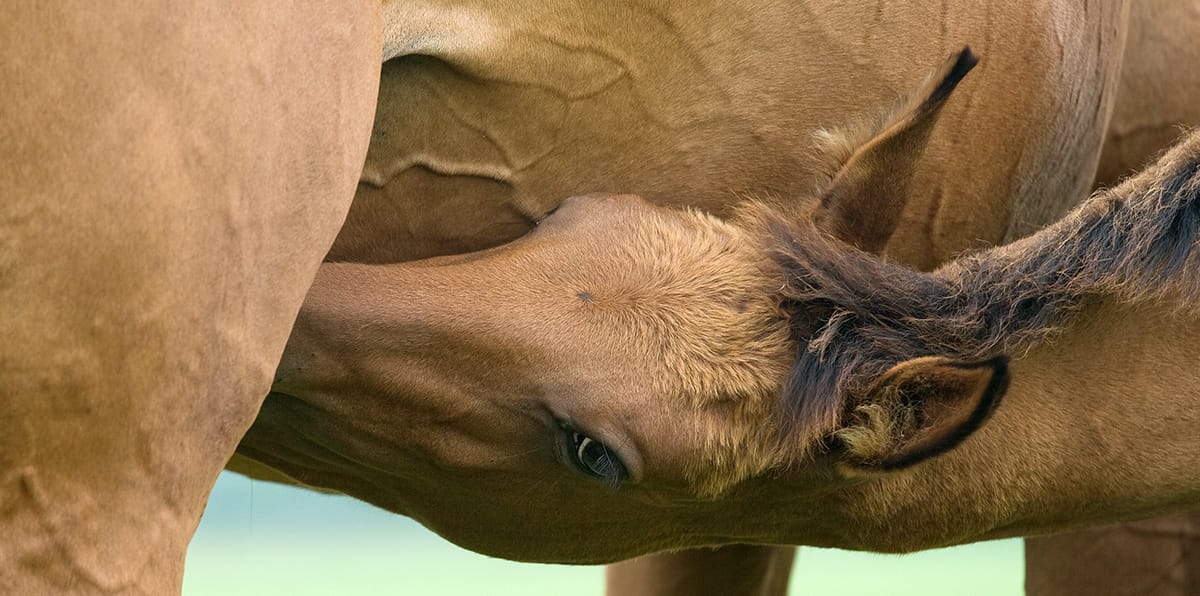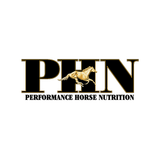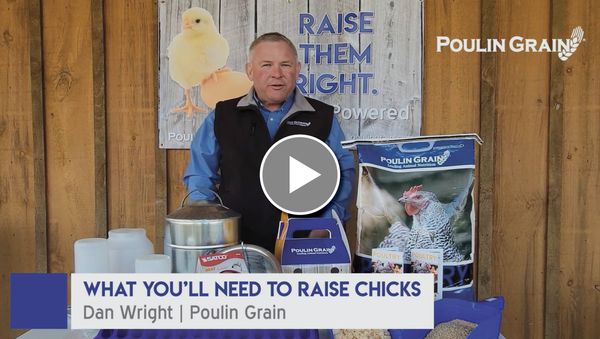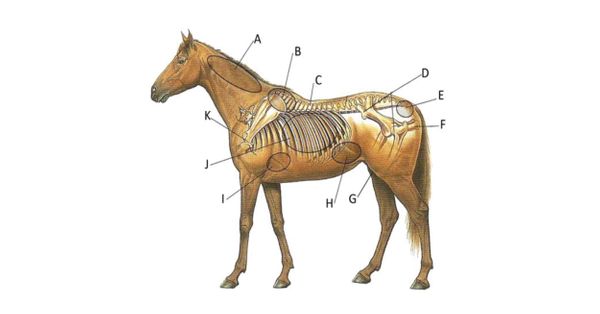Feeding the Lactating Mare

The lactating mare has the highest nutrient requirements of any horse on the farm. To produce milk and to repair the reproductive tract in preparation for future pregnancy, the mare requires substantial amounts of energy, protein, calcium and phosphorus. To maintain both adequate milk production and body condition, lactating mares will often need to be fed substantial amounts of grain. Without adequate energy (calorie) intake, mares will lose body weight, decrease milk production and will be difficult to rebreed. The most common feeding mistake made with lactating mares is to underfeed them.
Energy requirements will nearly double following foaling. A 1200lb mare will produce 2-3% of her body weight in milk daily during the first 3 months of lactation. Underfeeding mares during this period can result in decreased milk production, poor weight gains in the foal, and weight loss in the mare. It is not uncommon for a mare of this size to need 6 to 8 pounds of an average energy density grain mix in addition to 20 to 25 pounds of a good quality hay to meet her energy needs. One option to increase the energy content of the mare’s diet without increasing the grain is to feed a fat supplement. Fat supplements such as vegetable oil or stabilized rice bran are much more energy dense than cereal grains. Vegetable oil is 99% fat while rice bran is approximately 20% fat. Because some heavily milking mares may need high levels of concentrates in their diet, the addition of fat and the subsequent reduction in concentrates may reduce the possibility of colic and founder in these mares. Careful management is necessary in this class of mares because individual requirements will vary greatly. A nursing foal can quickly lower body condition in the mare, and lactating mares in a thin body condition may take longer to rebreed and have lower pregnancy rates than mares in a moderate to fleshy condition. Also, the mare may be moved to a new location for breeding soon after foaling, which can create a loss in condition due to stress. Over conditioning, however, can also prove detrimental. Research has shown that obese dams are less likely to initiate lactation and are more prone to early cessation of lactation as well as a decreased prolactin response to suckling (Kubiak et al., 1991; Rasmussen, 2007).
With regard to rebreeding, the lactating mare research has indicated that a body condition score of less than 5 in lactating mares suggests they do not have enough stored fat to support efficient reproductive performance (Henneke et al., 1984). Those mares in marginal or poor body condition (under a BCS of 5) are more likely to skip a breeding season, as their bodies use dietary nutrients primarily for milk production rather than reproduction. When mares receive inadequate nutrition the incidence of embryo loss also increases. Just as energy and other nutrient requirements are elevated during lactation, mares have an increased need for water. Studies have shown that nursing mares increase their water intake 37-74% above maintenance needs solely to meet lactational demands (NRC, 2007). As such, mares should have unlimited access to fresh clean water. This is particularly important in the management of mares that foal early in the year when water sources may freeze or in drought conditions when water is scarce.
By the fourth month of lactation, the mare’s daily nutrient requirements start to decline. Although milk volume remains fairly high, the energy content of the milk drops and the mare requires less of the concentrate ration than during early lactation. Removing or reducing the grain portion of the mare’s diet during weaning helps decrease milk production. At this stage it is still important to fortify the mare’s diet with adequate vitamins and mineral especially if she has been rebred. A low intake vitamin/mineral supplement pellet along with forage would ensure the diet was adequately balanced. After weaning the foal, the mare again can be managed as a pregnant mare in early gestation. During this time her nutritional requirements are similar to a mature, idle horse. Free choice high quality roughage, water and a vitamin/mineral supplement pellet will usually provide enough nutrients if the mare was in good body condition at weaning. If the mare was thin at weaning time or free choice roughage is not available, a supplemental concentrate ration may be needed to restore her to a good body condition.
Specialized Feeds
Mares in early lactation should be fed Poulin Grain’s EQUI-PRO® Mare & Foal which contains increased concentrations of 100% natural Vitamin E and 100% highly bioavailable organic selenium, along with chelated trace minerals. Recent research showed that foals born to mares supplemented with chelated minerals throughout their entire pregnancy had increased immune function at birth and mares had higher colostrum immunoglobulins. After the first four months of lactation, mares that are maintaining their weight well, or are a little over weight can be gradually transitioned to Poulin Grain's E-TEC® Balancer, a low-intake, low-calorie vitamin and mineral supplement pellet that is ideal for weaning mares and fortifying the diets of those in early and mid-pregnancy. All the Poulin Grain feeds have been formulated specifically for the unique conditions of the northeast region of the USA.
Poulin Grain's EQUI-PRO® and E-TEC® lines of equine feeds contain 100% natural vitamin E and 100% organic selenium.

Contact your Poulin Grain Feed Specialist to test your hay quality and build a personalized diet for your horse.
www.PoulinGrain.com | 800.334.6731
References
Rasmussen, K.M. 2007. Association of maternal obesity before conception with poor lactation performance. Annu. Rev. Nutr. 27:103-121.
Kubiak, J.R., J.W. Evans, G.D. Potter, P.G. Harms, and W.L. Jenkins. 1991. Milk yield and composition in the multiparous mare fed to obesity. J. Equine Vet. Sci. 11:158-162.
Henneke, D.R., G.D. Potter, and J.L. Kreider. 1984. Body condition during pregnancy and lactation and reproductive efficiency of mares.
Theriogenology 21:897-909. NRC. 2007. Nutrient requirements of horses. 6 ed. The National Academy of Science.






